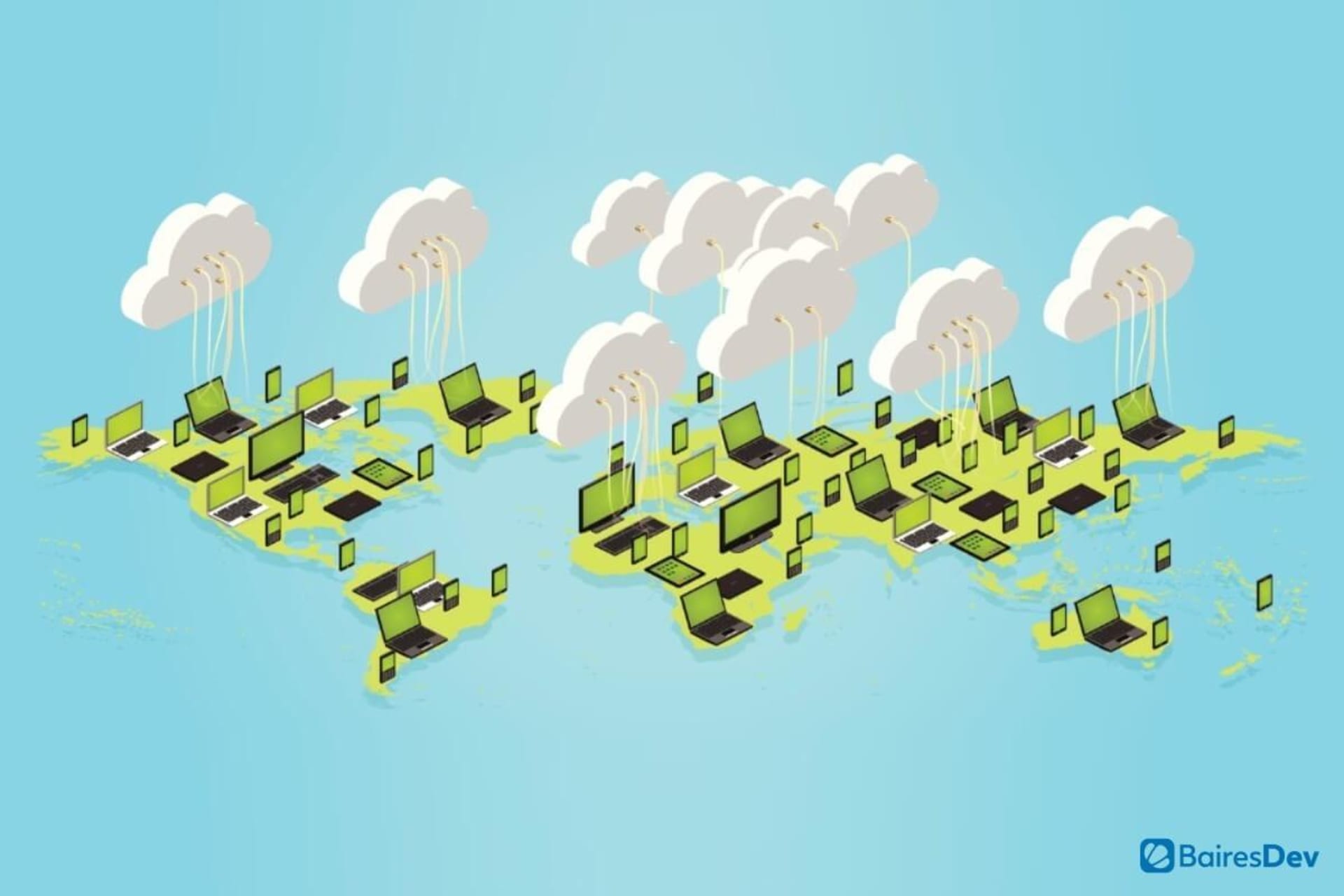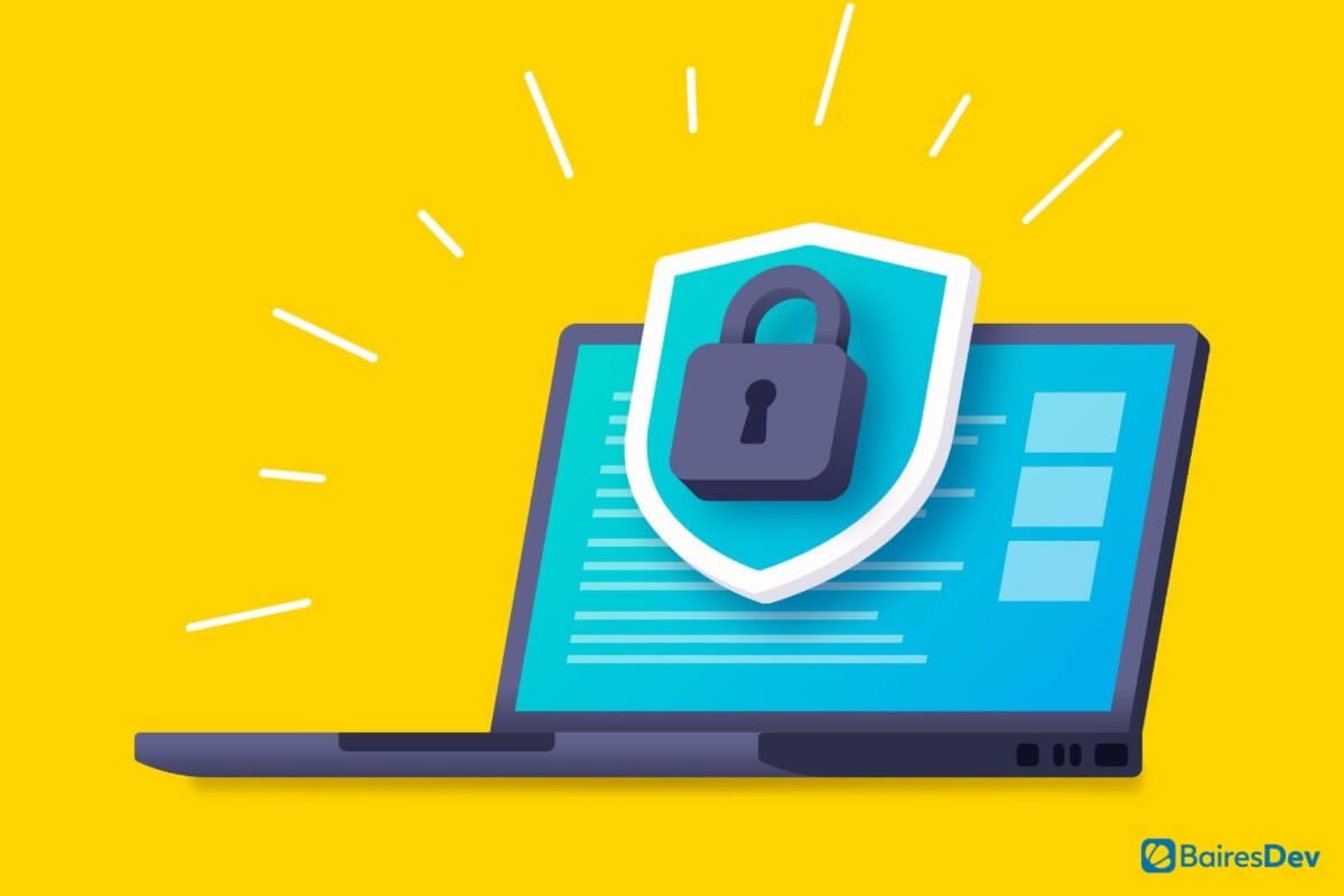This article is part of our Distributed Enterprises Series
Ever since its emergence in the tech landscape, the cloud has been touted as a revolutionary solution that enables key capabilities for businesses of all sizes. The ability to replace physical, in-house infrastructure, the immediate availability of countless services over the internet, and the potential for interoperability with many digital tools are but some of the reasons why cloud computing has become so huge during the 21st century.
Yet, the demands for higher speeds and improved performance have pushed the cloud over its own limits. Right now, distributed enterprises (or companies on their way to becoming one) want a faster experience and more sophisticated services. That’s why so many of them are already turning to edge computing, which optimizes their cloud computing use and lets them maximize the returns they get from their assets.
Thus, both cloud and edge computing are now essential for distributed enterprises, as they are the only ones that can provide the necessary agility for businesses to better serve their customers and provide their team members with what they need to better do their jobs. Let’s see why.
Differences Between Cloud and Edge Computing
Before getting into the reasons why both cloud and edge computing are necessary for modern distributed enterprises, it’s important to understand what we mean by those concepts and how they differ from one another.
First, we have cloud computing, which is a computing style in which a provider delivers certain capabilities over internet technologies to enable bigger scalability and elasticity. Basically, it’s all about using centralized servers to provide virtualized computational resources on demand. There are 3 types of cloud computing resources:
- Infrastructure as a Service (IaaS). Providers lease processing power and storage resources to companies over the internet.
- Platform as a Service (PaaS). Providers offer cloud-based environments for users to develop and deploy applications without having to worry about software or hardware.
- Software as a Service (SaaS). Providers give access to different tools and programs for users to take advantage of without having to download or install them.
And then we have edge computing, which refers to the practice of moving the processing power from centralized servers closer to where data is generated and collected. Edge computing has become ubiquitous ever since the emergence of the Internet of Things, as the smart interconnected sensors that make this network need faster data processing to properly function.
The idea of “edge” comes from the fact that the processing power isn’t centralized as in cloud computing but rather on the edges of the network (the places where the devices or sensors that collect data actually are). By putting the processing power there, edge computing can process data more quickly, as it doesn’t have to send it to central servers for processing. This is very important for many applications where speed of response is key, such as in self-driving cars or security sensors.
So, the first difference between cloud computing and edge computing is the location of their processing power. With cloud computing, processors are centralized in large-scale servers put at the core of the network. With edge computing, that processing power is distributed throughout the network and closer to the users.
That isn’t the only difference. Edge computing has reduced latency, as data doesn’t have to travel far distances for processing. Its processing capabilities, though, are more limited, even when they don’t require an internet connection at all times. Cloud computing, for its part, requires a bigger bandwidth and can have increased response times when compared to edge computing. However, its processing capabilities are almost limitless and highly flexible, as they can adjust automatically to changing demands.
If you’ve read attentively to those differences, you might already anticipate what I’m going to say next: cloud computing and edge computing have different uses and aren’t necessarily opposed to each other. In fact, there might be times where a business might need to use both to have better outcomes. That’s precisely why both of them are essential assets for distributed enterprises. Let’s explore that in more detail.
An Unbeatable and Powerful Combination
No one can argue that cloud computing laid down the foundation for remote work and distributed enterprises. Without the possibility of using online tools of all kinds, distributed teams wouldn’t have been possible. Cloud-based tools connected distant teams, allowed for real-time collaboration, and provided capabilities for people to work wherever they were.
However, cloud computing isn’t enough for some of the challenges modern distributed companies are facing. The most pressing ones are the ones where response time, latency, and availability of resources have a direct impact on the user experience.
Let’s go back to the example of self-driving cars. These vehicles gather data about its surroundings in real time and provide responses accordingly. Since they need to act quickly (think, for instance, that they need to slow down because of a sign indicating a dangerous turn ahead), the cars can’t afford the luxury of sending the collected data (the sign itself) to a central server for its processing and then wait for the response to actually slow down. In this case, edge computing is an absolute necessity.
Yet, that doesn’t mean that cloud computing is useless in that example. Gathering the data about performance and analyzing it in central servers can provide interesting insights which, in turn, can lead to further improvements to navigational systems and the underlying AI. Thus, both edge computing and cloud computing can work in unison for better outcomes.
And that’s the thing, really. Cloud computing and edge computing can join forces to offer a superior experience across the board. The end user can benefit from the quick responses of edge computing while the company can leverage the processing power of cloud computing. In a world where IoT implementation is on the rise, that approach feels like the best path moving forward.
In the context of a distributed enterprise, this combination can work wonders beyond the products for end users. Employees can benefit from smart sensors equipped with edge computing, especially when it comes to security-focused applications and performance enhancement for the tools they use every day. Combining that with centralized cloud computing can provide them with further processing power to further augment those edge applications and experiences.
In that light, it’s only natural to expect that distributed enterprises start moving to the edges, seeking efficient content delivery, better performance for their tools, and lower latency for their digital ecosystem. All of that can have a positive impact on employees and users alike, creating a virtuous cycle of data processing.
That expectation aligns with recent forecasts about edge computing. According to Gartner, “enterprises that have deployed edge use cases in production will grow from about 5% in 2019 to about 40% in 2024.” That number comes to show that business executives are starting to see that, while cloud computing is still a major asset, they need edge computing as well to unleash the full potential of their distributed enterprises.
That’s why some experts are already pointing out that edge computing is one of the key technologies for this year. And that’s why you shouldn’t wait anymore to take a look at it and consider its implementation to supplement your cloud computing infrastructure because, in the end, cloud and edge computing are a winning combination that can propel your business forward.
More related articles on our Distributed Enterprises Series







